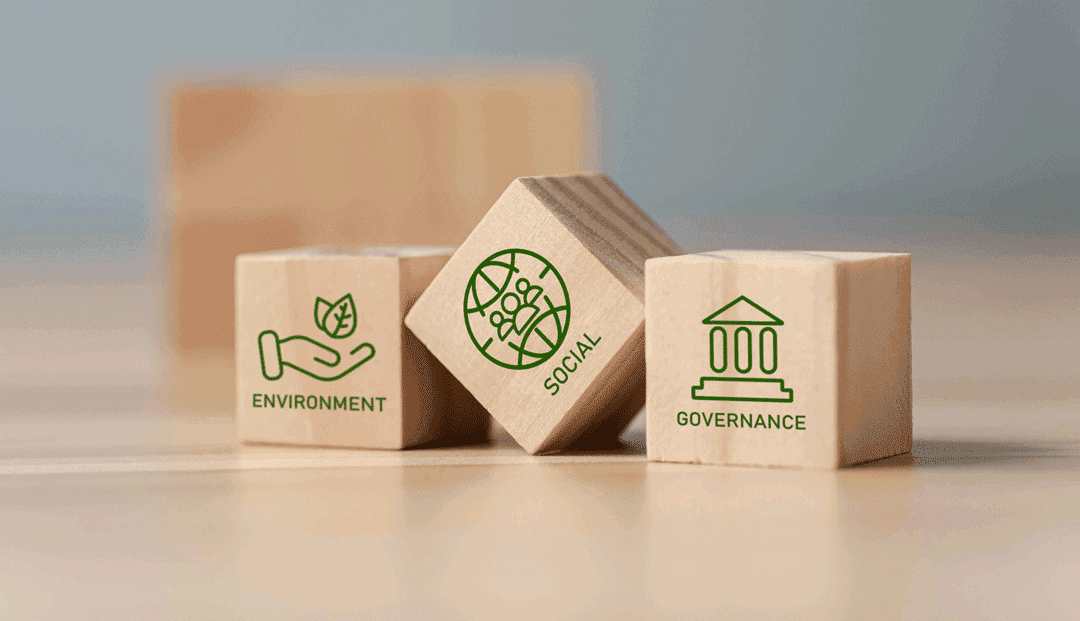COP26 saw an enviable number of corporate leaders in attendance and pledging net zero goals, envisioning a transition to net zero soon than later. At COP27, the same head honchos find themselves constrained by unexpected geo-political and economic issues – the war in Ukraine has seen gas prices surge, burgeoning inflation, food shortage and a probable global recession. Some of these include: The Glasgow Financial Alliance for Net Zero (GFANZ), comprised of 450 firms across 45 countries managing 40% of global financial assets committing to reach net-zero emissions by 2050, covering operations, investing, and lending activities. 1,045 companies representing over $23 trillion in market capitalization joined the Business Ambition 1.5 degrees C campaign, led by UN Global Compact and SBTi. Half of these companies have committed to reaching net-zero by 2050.
A Time for Corporate Action
By Gayatri Ramanathan
(Senior Director, ESG and Sustainability at Kaizzen )
Falling back on coal is an obvious option for energy-starved national and corporate leaders. But the current circumstances also present the same leaders with a unique opportunity to leap-frog clean energy, effecting the transition Glasgow COP envisioned so eloquently, much more quickly and credibly by pushing the additional investment towards clean energy options. Already, International Energy Agency (IEA) estimates that the present crisis is forcing a global investment in energy transition by 50%, to US$ 2 trillion, by 2030, from an energy security perspective. Such an approach could result in a quantum multiplier effect for clean energy investments.
With most of the investment set to go to the first-world economies – US, EU, China and Japan, we are also likely to see future emission trajectories coming down from Annexe 1[1] countries. If the developed world takes this journey to its logical end, the larger remit of reducing scope 3[2] emissions will also be taken care of. While these are very broad and occasionally wishful, brushstrokes, it does sketch out the scope of opportunities.
This crisis is also an opportunity to reset global markets to price in climate risk recognition and information, structuring the carbon market to reflect the polluter pays principle and putting in place regulatory frameworks to boost low-carbon assets and monetary instruments[3].
What should the developing economies do? Adopt as many of the above mechanisms as relevant from their economic and developmental trajectory and work with corporate local and global corporates to ensure that room for their low-carbon growth is created simultaneously. Easier said than done.
Countries such as India have some domestic firepower that must be harnessed. The ambitious net zero plans announced last year by the government at COP26 must now be followed equally, if not more, ambitions from the Rs 8.7 trillion[4] Indian corporate sectors. Technologies are available both from established corporates as well as the start-up ecosystem.
Of the US$ 7.2 trillion needed by India to transition to net zero by 2070[5], a large percentage has to come from domestic sources led by the corporates, who need to start factoring climate risk into their business risk matrix.
More importantly, this is the only opportunity we will have as a nation to pull swathes of the population out of poverty and enable them to live in a climate-secure future. Because if we don’t,
[1] Annexe 1 countries are classified as industrialised countries and economies in transition
[2] Scope 3 emissions are indirect emissions that occur during a company’s operations, including complete value chain and difficult monitoring and measuring.
[3] Dipak Dasgupta in The Economic Times, How to Fund the Clean-Up, 7.11.2022
[4] Organized sector, www.statista.com
[5] McKenzie, Decarbonizing India: Charting a Pathway for Sustainable Growth, Oct 2022
we would have done the future generations a grave harm. They would have a far steeper battle to fight, both economically and climate-wise.



















































